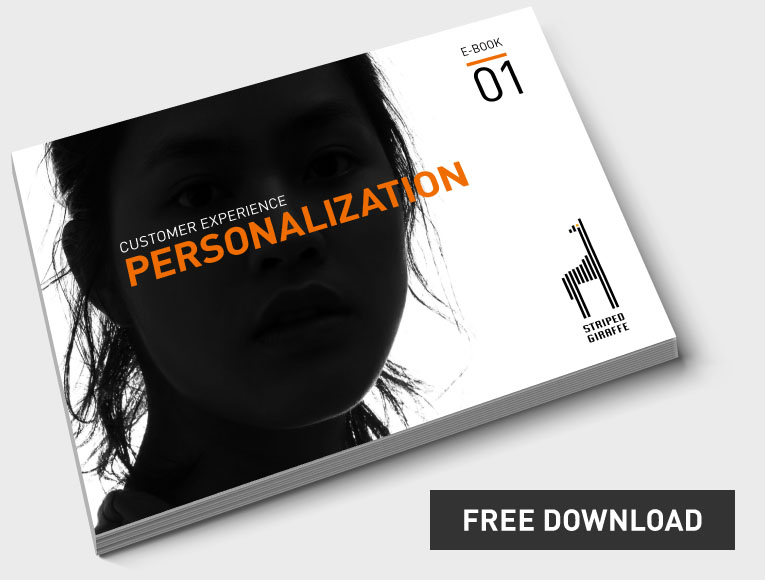
New Series of E-books on E-commerce Personalization
Many marketers still think of personalization mainly in terms of performing simple activities, such as using the customer’s name in communication or directing the same product recommendations to a selected segment. But today’s consumers expect a much deeper level of personalization. To deliver such a one-on-one experience, you need to get to know your customer in depth what requires meeting a number of challenges. And this is the topic our brand new series of e-books is dedicated to.
When you enter your favorite clothing boutique, where you have been shopping for years, you are used to the salesperson greeting you by name, offering products that are of your style and size, knowing what accessories you might find interesting, or what are roughly your financial resources that you could spend on shopping. The salesperson also remembers that it is easier to convince you to buy when she offers a discount or some free gift. And you are absolutely not annoyed that she has all the knowledge about you. This is how well-established personal relationships work.
Unfortunately, there are no salespeople in the online store who could provide such personal attention and learn what each particular customer likes. However, there are a variety of tools and solutions nowadays that allow e-tailers to increasingly compensate for the lack of these face-to-face human interactions.
In fact, when it comes to e-commerce platforms, retailers have the opportunity to collect much more priceless data about the customer than it is possible even during personal interactions in a brick-and-mortar store. And while a salesperson there has to serve hundreds or thousands of people and often it becomes impossible to remember all the information, modern e-commerce personalization systems are able to collect, store and process data about hundreds of thousands or even millions of customers.
And the more data you collect, the deeper and more relevant personalization you can provide. This is crucial since personalization done right should allow you to communicate with each customer on a one-on-one level instead of performing same actions for all users or selected customer segments. No one will argue that true personalization goes far beyond using the customer’s name in the newsletter or just redirecting them to the section of the website that corresponds to their gender.
But having even the most valuable data alone is not enough to provide the customer with personalized experience. To achieve true e-commerce personalization, many challenges must be faced, including choosing the right technology and solution to turn data into knowledge and action, overcoming numerous technical restrictions, improving internal processes, meeting privacy & compliance requirements, defining KPIs, and measuring results.
Fortunately, you don’t have to implement all the planned features and perform all the tasks at once. A good idea is to gradually introduce various aspects of personalization and observe the results. This is the best way to get quick wins and to decide on the next steps.
When planning your future efforts, you should definitely consider involving explicit personalization which is based on data and information provided voluntarily and intentionally by the customer. You have to remember that no artificial intelligence or machine learning algorithm will tell you more about the customer than the customer themselves. Information obtained directly from your website users is the most valuable source of knowledge about their preferences and expectations.
However, all this knowledge — whether acquired implicitly or explicitly — will be of no use if you don’t obtain the customer’s consent to collect and process it. You will not be allowed to collect, store or process any customer data unless you meet strict legal requirements regarding privacy. And GDPR plays a fundamental role in this matter.
But does this mean that GDPR makes personalization impossible or difficult to achieve?
You can learn this and many other insights into the above mentioned topics from the first part of our e-book series about personalization.



